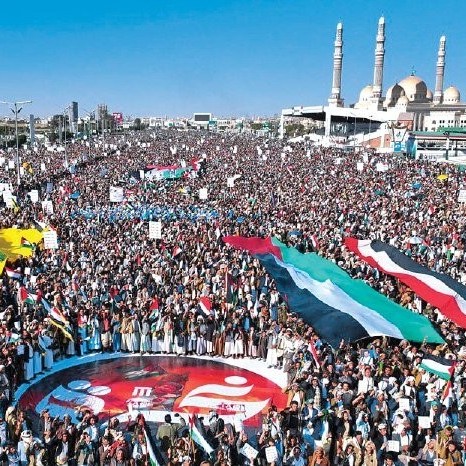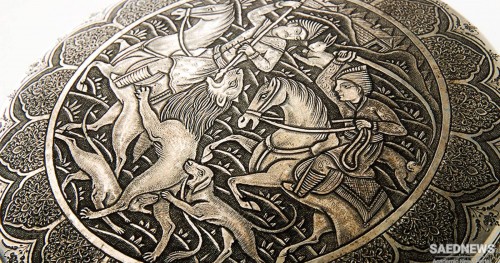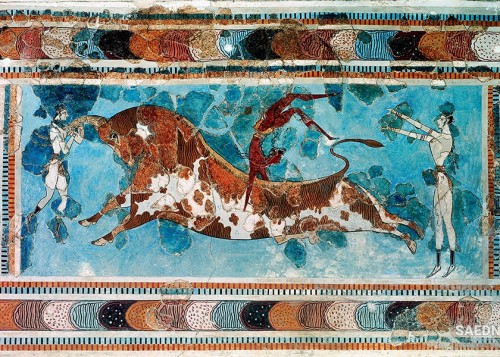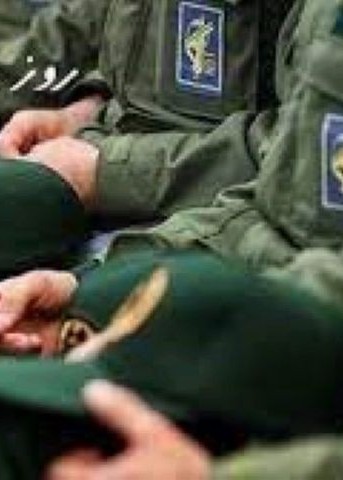One of the things Bâbor carried with him was the tradition of patronage by his ancestors, who had liberally favored both literature and the visual arts. For several centuries Persian literature had already been cultivated in the Subcontinent. It had flourished in particular during the period of the Sultans of Delhi, when the great Indo-Persian poet Amir Khosrow of Delhi (1253– 1325) enjoyed their patronage. The establishment of a vast Muslim empire by the Mughals, which eventually encompassed the greater part of the Subcontinent, gave a new and strong impetus to Persianized culture in India. Islamic courts in many different regions grew into important centers where Persian was used and Persian letters flourished. Throughout the 16th and 17th centuries they attracted scores of artists and poets from Persia. Incentives for the drain of artistic talent from Persia were, on the one hand, the expectation of profits to be gained at the Indian courts and, on the other, the experience that the Safavids were far less enthusiastic patrons of letters than former Persian rulers had been. The number of Persian poets who had immigrated to India was supplemented by many who were born in India and sometimes were not even native-speakers of Persian.
The contacts with foreign traditions, largely non-Islamic, as well as a greater freedom with regard to critical standards maintained in the homeland, must have induced poets to experiment with the conventional imagery, though the prosodic system of the Persian tradition remained fully intact. The remarkable innovations which the Persian poets in India introduced were in retrospect subsumed under the heading “Indian style” (sabk-e Hendi). Also in this instance, however, the transition from the preceding “Erâqi style” was not as sudden as the terminology suggests. In Persia itself many stylistic features of 15th and early 16th century poetry foreshadow the new trends. One of the poets who is often named as a precursor of the Indian style is Feghâni of Shiraz (d. 1519), who spent his entire life in Persia. Recently the appellation “Isfahani style” (sabk-e Esfahâni) has gained some currency indicating that the new style was also practiced in the capital of Safavid Persia, where Sâ’eb of Tabriz (1601–77) was its most outstanding representative.The liberties that the Persian poets allowed themselves under the influence of this new trend met with far less enthusiasm in Persia than in India. The features characterizing the Indian style were felt to be somewhat alien to the sound principles of Persian style that had guided the great masters of Persian literature in the past. About the middle of the 18th century a reaction against these novelties arose. Afterwards the label “Literary Return” (bâzgashte adabi) was attached to this movement.7 It manifested itself first among writers and poets in the cities of Isfahan and Shiraz, which were still important cultural centers, but it received political backing when, after more than seventy years of chaos and dynastic strife, the Qajar shahs established their rule over the entire area of present-day Persia.Since the time of the Literary Return in Persia, the tradition of Persian poetry has lost the unity of style that had been its hallmark for so many centuries. In Persian poems written in India, Afghanistan, and Central Asia the Indian style of the Mughal period remained an important influence. This can be illustrated by the fact that in these lands a major representative of the Indian style such as Bidel (1644–1721, written Bedil in the Subcontinent) remains a highly revered poet, whereas until recently his name was hardly known in Persia itself. In the latter country neoclassicism remained the stylistic ideal throughout the last phase of the classical tradition. The sole point of discussion was whether the style of Khorasan or that of Erâq should be chosen as the model of good and genuinely Persian poetry.


 Classification of Persian Literature
Classification of Persian Literature














































